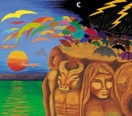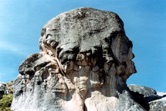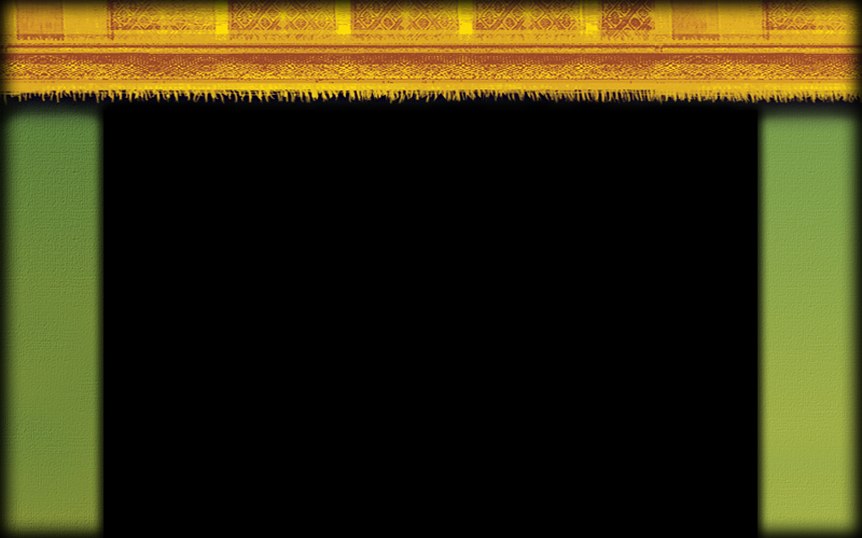
Change and Permanence
11 min. clip
This video focuses on the schooling experiences of three indigenous communities of the Peruvian Central Amazon. It presents the social, economic and environmental contexts of the communities, the teachers’ experiences, and the teaching/learning dynamics that occur both inside and out of the classroom. The dynamics portrayed and the opinions of parents, teachers, students and indigenous leaders reveal the complexities Intercultural Bilingual Education programs have encountered during the last 20 years. Much progress has been made yet many of the challenges remain the same. (continues below)
The film shows three communities with different degrees of preservation and/or loss of their language due to external forces such as migration and displacement, the influence of missionaries, merchants, or even the educational system itself. Many parents want teachers to help recover or preserve their language and culture yet they also want their children to master the dominant culture and to become professionals. Sometimes these goals seem irreconcilable and IBE teachers, some of them teaching in their own communities, need to respond to diverging demands. These realities bring to bear one of the key questions debated by IBE proponents: Do indigenous peoples need an educational system of their own or should they demand a culturally adequate, quality universal education?
Some indigenous specialists and leaders think that teachers are doing too little or are ill-prepared to teach real indigenous knowledge and culture to the students. They see some IBE teachers as diffident agents of acculturation who promote Western worldviews while ignoring or denying indigenous knowledges and values. The critical issue of the participation of indigenous communities in the process of curriculum design has not been resolved yet. Teachers, on the other hand, have to deal with pressures from parents, indigenous specialists, government officials, and with an endemic scarcity of teaching resources and materials.
At the same time, communities such as those portrayed in the video are facing increasing threats to their natural environments, mostly by loggers. As an Ashaninka father says in an interview, his children can no longer know directly real wild animals because the fauna is being rapidly depleted. Worse yet, some communities are themselves selling their own forests for cash. In this context, Intercultural Bilingual Education faces today an even bigger challenge than when it started 20 years ago.
Recorded in Ashaninka and Yanesha communities of the Central Andean Amazon of Peru, 2005-06.
Directed by Wilton Martinez / Production: Instituto del Bien Comun
Research: Lucy Trapnell / Camera & Editing by Wilton Martinez
Sound: John Figueroa & Maximo Santa Cruz / Music: Daniel Kirwayo
Funding & Support: Ford Foundation / Distributed by the Instituto del Bien Comun
Duration: 50 minutes
This video is recommended for teaching about subjects including:
intercultural bilingual education
socialization and enculturation
language and cultural identity
linguistic anthropology
indigenous peoples’ rights
Andean Amazonian cultures
Latin American studies
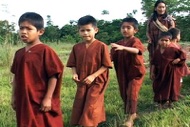
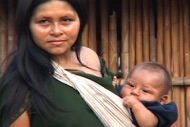


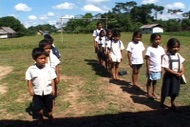
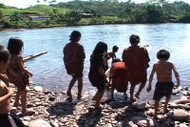


For more information and to purchase this film
please contact Instituto del Bien Comun
Documentary
Advocacy
Creative
EthnoVisions
